The Global Energy Transition: A Pressing Shift for a Sustainable Future – Interview with Mauricio Fragoso
- August 27, 2024
- Category: News
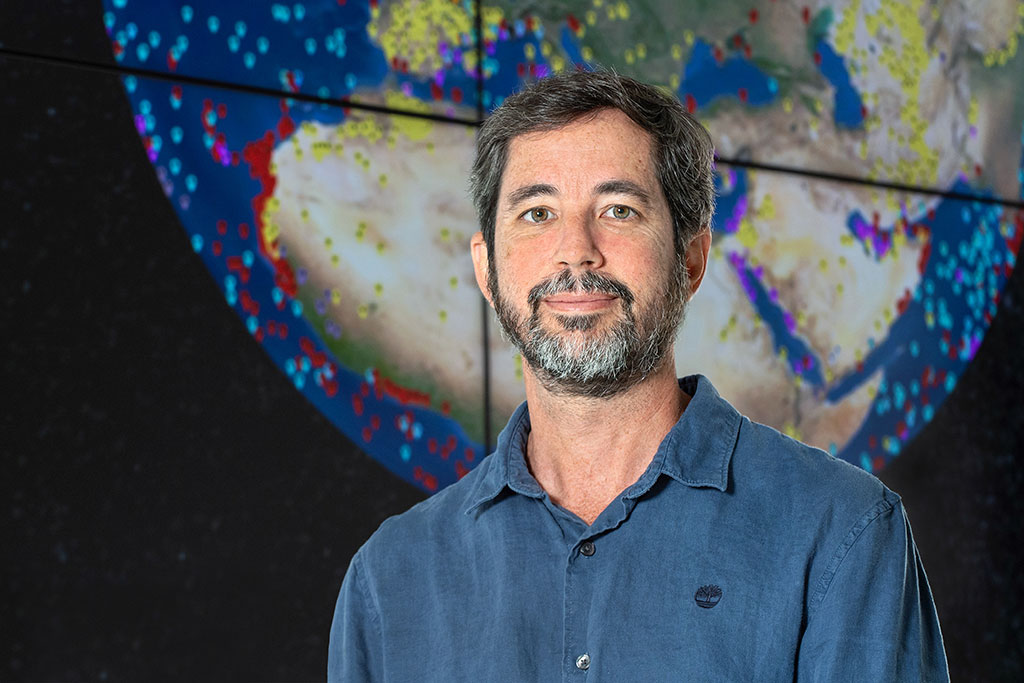
The global energy transition represents the move from fossil fuel-based energy systems to renewable and sustainable energy sources. This pivotal shift is essential for mitigating climate change, cutting greenhouse gas emissions, and ensuring energy security and sustainability for future generations.
The global energy landscape is shifting rapidly with an ever-increasing share of renewables. By 2022, wind power had jumped by 17%, reflecting a significant surge in its contribution. Today, solar and wind power together account for 12.08% of the world’s electricity, underscoring the growing dominance of clean energy sources.
Wind and solar power generation continued to grow in the first half of 2024 in the European Union, surpassing that of declining fossil fuels, according to a report by the Ember research center.
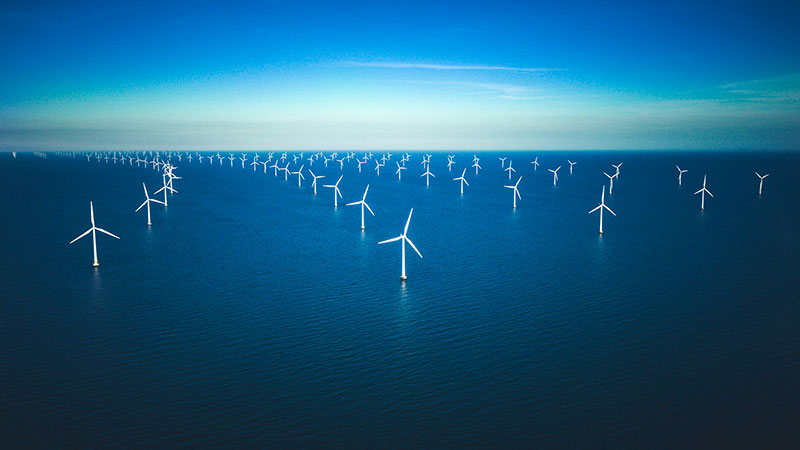 Mauricio Fragoso, what are CLS’s ambitions at the heart of this transition, which is also a key economic vector?
Mauricio Fragoso, what are CLS’s ambitions at the heart of this transition, which is also a key economic vector?
Mauricio Fragoso, Director Energies & Infrastructures at CLS HQ:
“CLS is fully committed in diving into the offshore wind world, where we are making significant strides. We are currently undertaking more projects than ever before. This clean energy sector is booming, and we’re advancing in the same pace through our innovative decision to develop our own Lidar buoys. A synergy of University of Maine and CLS expertise in materials science, buoy systems and offshore operations allowed the development of the very first unit of our DeepCLiDAR, now embarked on an industrial mode.
This investment in renewables is a key part of CLS’s strategic plan through 2030, demonstrating our deep commitment to supporting offshore wind. Additionally, with our subsidiary Meteodyn, we pioneered onshore wind over two decades ago, and we are proud to bring that pioneering spirit to offshore wind as well.”
How do you manage riding the wave of offshore wind innovation?
MF: “CLS innovations both on satellite based and in situ wind data collection are helping bringing offshore wind resource assessment to a higher level with the combined use of SARWind and DeepCLiDAR.
Assessing offshore wind resources is challenging, primarily due to the scarcity of wind data at turbine level. Our SARWind service leverages a 20-year database of synthetic aperture radar images (SAR) to provide precise, high-resolution measurements of ocean winds. This data complements in situ observations and mesoscale modeling, offering an extensive assessment of offshore wind resources.
More information about SARWind
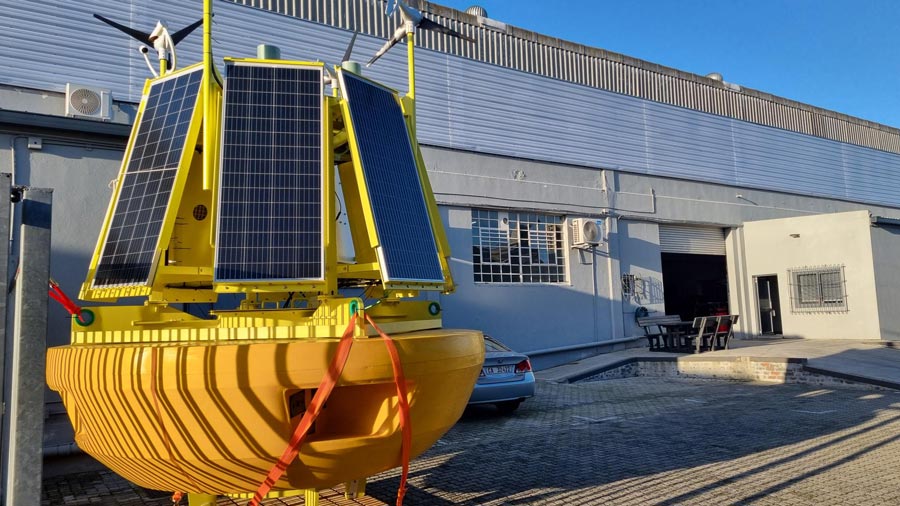 CLS’s DeepCLiDAR buoy, inspired by NOAA’s proven design of metocean buoys, enables advanced wind profile measurements up to 300 meters above sea level. Equipped with solar panels and wind turbines, it offers an autonomous and reliable solution for long-term collection of meteorological and oceanic data.”
CLS’s DeepCLiDAR buoy, inspired by NOAA’s proven design of metocean buoys, enables advanced wind profile measurements up to 300 meters above sea level. Equipped with solar panels and wind turbines, it offers an autonomous and reliable solution for long-term collection of meteorological and oceanic data.”
How do you stand out in the market, and what is your positioning?
MF: “With DeepCLiDAR Carbon Trust Certification, CLS becomes the only global provider of integrated in-situ, radar satellite, and high-resolution modeling wind solutions for the offshore wind industry.
This achievement allows us to offer to the wind industry a distinctive, comprehensive, and ultra-precise combined wind resource measurement and energy assessment solution. The integration of DeepCLiDAR innovation, extensive in-situ metocean data collection, satellite radar observations, data analysis, and high-resolution wind field modeling form the SARWind offering, creating a unique suite of services in offshore wind resource assessment.”
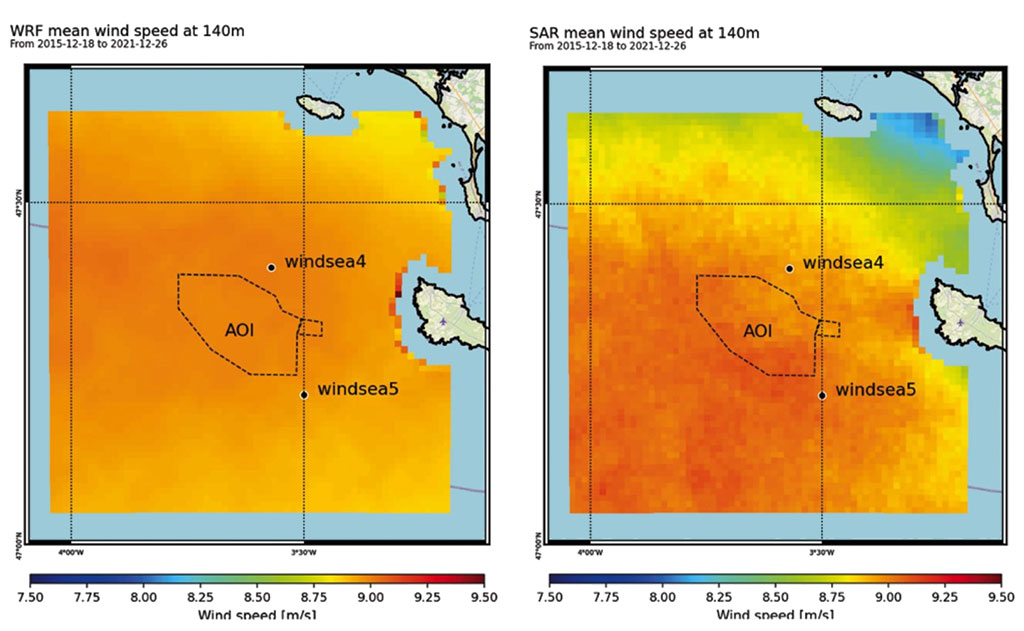
So Mauricio, can you tell us more about SARWind?
MF: “SARWind represents CLS’s distinctive expertise and solution for offshore wind assessment. This innovative approach integrates satellite observations throughout all phases of offshore projects, enabling substantial cost reductions in offshore assessments while delivering high-definition data across selected areas. SARWind is available both before LiDAR buoy installation and as a complementary tool to measurement campaigns.”
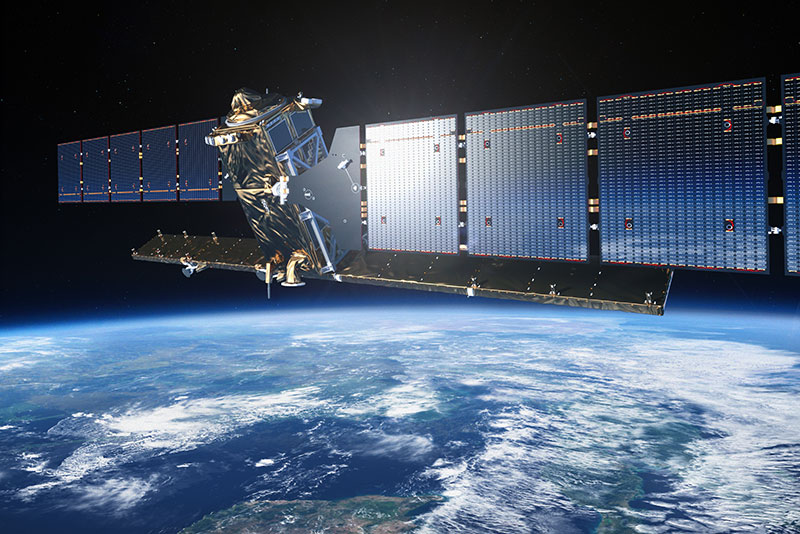 What is your commitment to the offshore wind community?
What is your commitment to the offshore wind community?
MF: “Integrating short-term LiDAR measurements with long-term satellite observations offers the most innovative, and effective solution for precise offshore wind resource assessment. Drawing on over 30 years of experience in the offshore energy sector, we now deliver an exclusive and highly accurate suite of services to the offshore wind community, meeting the needs and challenges of this critical phase in the transition to decarbonized energy.”
What makes 2024 a cutting-edge year for CLS?
MF: “CLS is advancing its ambitious goals with the establishment of its DeepCLiDAR production facility in Cape Town, a key step in achieving self-sufficiency in production capacity. This facility enhances our production capabilities while allowing us to offer solutions with the best technical features at the most competitive prices. By doing so, CLS not only cements its position as an industry pioneer but also reinforces its dedication to providing cost-effective, cutting-edge solutions for a sustainable future.
As industries shift towards decarbonization, the DeepCLiDAR ensures optimal utilization of wind resources, driving forward the generation of clean energy.”
In conclusion, Mauricio, would you like to add a few words?
Mauricio Fragoso: “The global energy transition is a complex yet essential journey towards sustainability. Navigating this transition for a sustainable future involves tackling economic, technological, and social challenges. Harnessing policy support and technological advancements will be key. Achieving a resilient and sustainable energy system will require collective efforts and international cooperation.
With its expertise in site-specific metocean data collection, led by internationally recognized specialists, CLS Group reconciles strategic global presence and expertise. Operating across five continents, including Europe, the USA, South Africa, Australia, Brazil, and Indonesia, we are able to deliver efficient, agile, and sustainable wind resource assessment solutions. Decentralized expeditions around the world ensure flexibility in deployments while maintaining a strong commitment to sustainability.”
